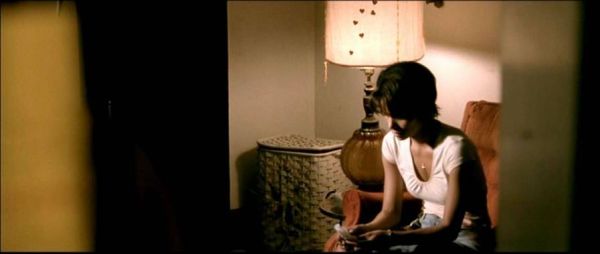Difference between revisions of "JCM312/Cinematography"
From Screenpedia
Jump to navigationJump to search (changed group order) |
|||
| Line 12: | Line 12: | ||
**What are the aspect ratios of ''Day for Night'', ''Shakespeare in Love'' and ''Monster's Ball''? | **What are the aspect ratios of ''Day for Night'', ''Shakespeare in Love'' and ''Monster's Ball''? | ||
*'''Group 2:''' Explain the significance of camera '''framing, height, and movement''' -- using the textbook illustrations. | *'''Group 2:''' Explain the significance of camera '''framing, height, and movement''' -- using the textbook illustrations. | ||
| − | ** | + | **Example video clips: |
***[http://tvcrit.com/find/dolly Dollying] and [http://tvcrit.com/find/dollyresult Dollying result] | ***[http://tvcrit.com/find/dolly Dollying] and [http://tvcrit.com/find/dollyresult Dollying result] | ||
***[http://tvcrit.com/find/homicide Handheld] | ***[http://tvcrit.com/find/homicide Handheld] | ||
Revision as of 13:37, 2 September 2014
Color, enlarged versions of the textbook illustrations are available online.
- Group 3: Explain what focal length is -- using the textbook illustrations.
- How does a zoom in/out look different from a track in/out?
- Group 4: Explain what depth of field is -- using the textbook illustrations.
- What is the difference between deep focus and deep space (as in mise-en-scene)?
- Group 1: Explain what aspect ratio is -- using the textbook illustrations.
- Also explain letterbox and pan-and-scan.
- What are the aspect ratios of Day for Night, Shakespeare in Love and Monster's Ball?
- Group 2: Explain the significance of camera framing, height, and movement -- using the textbook illustrations.
- Example video clips:
- When might movement be used that does not follow a character? How is a Steadicam shot different from a handheld shot?
Cinematography and narrative
In the Monster's Ball scene we viewed, what narrative functions does the cinematography serve? Be sure to consider deep/shallow focus, focus shifts and framing in the third shot.
External links
- Television illustrations, Chapter 8.
- Cinematography illustrations
- Monster's Ball frame grabs
- Henri 2, Paw de Deux: black-and-white
Bibliography
- Jeremy G. Butler, Television: Critical Methods and Applications, 4th Edition (New York: Routledge, 2012).
- David Bordwell and Kristin Thompson, Film Art: An Introduction (New York: McGraw-Hill).

